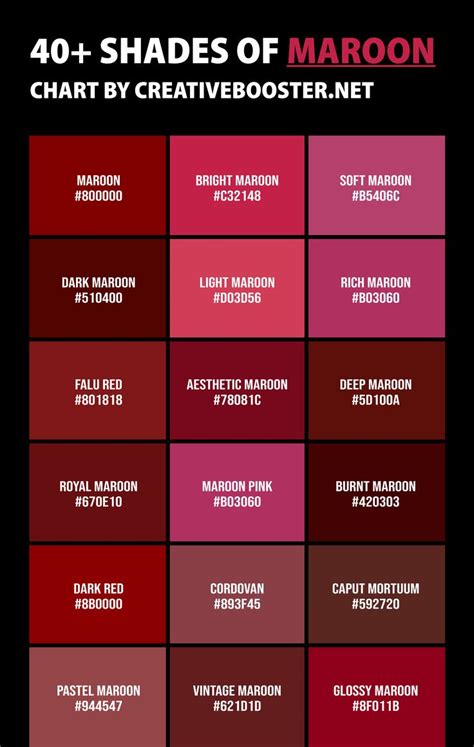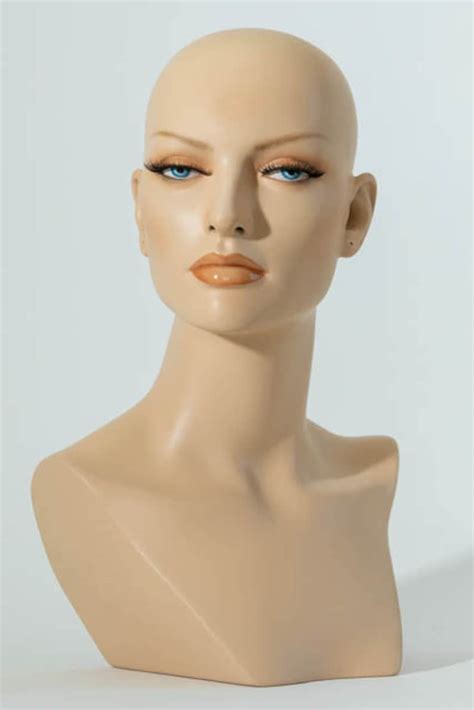Introduction: Unlocking the Versatility of Wig Heads & Stands
In the realm of hair artistry, wig heads and stands serve as indispensable tools, empowering stylists, cosmetologists, and beauty enthusiasts alike. These versatile accessories enable the creation of stunning wigs, facilitate hairstyling practice, and offer a convenient way to showcase and store hairpieces. In this comprehensive guide, we delve into the intricate world of wig heads and stands, providing detailed insights into their types, uses, and the factors to consider when making a purchase.

Types of Wig Heads & Stands: A Comprehensive Overview
Wig Heads
- Standard Wig Heads: These are the most common type of wig heads, featuring a realistic head shape and scalp texture. They are ideal for wig display, hairstyling practice, and makeup application.
- Mannequin Wig Heads: Unlike standard wig heads, mannequin wig heads have a full body, allowing for the display of complete outfits and accessories. They are commonly used in fashion shows and retail displays.
- Canvas Wig Heads: Constructed from durable canvas material, canvas wig heads are perfect for wig making and customization. They provide a blank canvas for creating unique hairstyles and designs.
- Styrofoam Wig Heads: Lightweight and inexpensive, styrofoam wig heads are commonly used for temporary wig display or hairstyling practice. They are not suitable for long-term use.
Stands
- Basic Wig Stands: These are simple, adjustable stands that provide a stable base for wig heads. They are suitable for wig display and storage.
- Mannequin Stands: Designed for mannequin wig heads, mannequin stands feature a sturdy base and adjustable height to accommodate different display angles.
- Folding Wig Stands: Ideal for travel or storage, folding wig stands collapse for easy portability. They are lightweight and easy to set up.
- Clamping Wig Stands: These stands clamp onto tables or surfaces, providing a secure hold for wig heads. They are particularly useful for hairstyling practice or wig display in limited spaces.
Materials & Features: Exploring the Build Quality
Wig Head Materials
- PVC: Durable and lightweight, PVC (polyvinyl chloride) is a common material used for wig heads. It is easy to clean and maintain, making it a suitable choice for long-term use.
- Canvas: Canvas is a breathable, natural material that provides a realistic scalp texture for wig making. It is easy to manipulate and can be customized to create unique designs.
- Styrofoam: Styrofoam is an inexpensive, lightweight material that is commonly used for temporary wig display or hairstyling practice. It is not as durable as other materials.
- Polypropylene: Polypropylene is a strong, durable material that is resistant to chemicals and heat. It is a good choice for wig heads that will be subjected to frequent use or styling.
Stand Materials
- Metal: Metal stands are durable, sturdy, and provide a stable base for wig heads. They are suitable for both display and hairstyling use.
- Plastic: Plastic stands are lightweight and inexpensive, making them a good choice for occasional use or travel.
- Wood: Wood stands offer a classic, elegant look and provide good stability. They are suitable for both wig display and hairstyling use.
- Clamping Mechanism: Clamping stands feature a clamping mechanism that attaches to tables or surfaces, providing a secure hold for wig heads. They are particularly useful for hairstyling or wig display in limited spaces.
Using Wig Heads & Stands: Unlocking Their Potential
Wig Display
Wig heads and stands are essential for showcasing wigs in a professional and visually appealing manner. They enable stylists and retailers to display wigs in a lifelike way, showcasing their shape, color, and texture.
Hairstyling Practice
Wig heads provide an ideal platform for hairstylists to practice their techniques without damaging real hair. They can create different hairstyles, experiment with colors, and refine their skills on a realistic surface.
Wig Storage
Wig heads and stands offer a convenient and organized way to store wigs when not in use. They help maintain the shape and integrity of wigs, preventing tangles and damage.
Educational Tools
In cosmetology schools and training programs, wig heads and stands are used as educational tools to teach students about wig making, hairstyling, and hair care techniques.
Customizing & Repairing Wigs
Canvas wig heads are particularly useful for customizing and repairing wigs. They provide a stable surface for applying glue, stitching, and making adjustments.
Factors to Consider When Buying: A Comprehensive Checklist
Purpose of Use
Determine the primary purpose of your wig head or stand. Whether it is for wig display, hairstyling practice, or wig customization, consider the specific features that will meet your needs.
Materials & Durability
Choose wig heads and stands made from durable materials that can withstand frequent use and handling. Consider the longevity of the products and whether they are suitable for your intended purpose.
Size & Adjustability
Ensure that the wig head or stand is the appropriate size for your wigs. Adjustable stands allow for different wig sizes and display angles, providing greater versatility.
Stability & Security
Wig heads and stands should provide a stable base for wigs to prevent wobbling or tipping over. Consider the weight capacity of stands and the clamping mechanisms for secure attachment.
Portability & Storage
If you need to transport your wig head or stand, opt for portable options that are easy to fold or disassemble. Consider the storage space available and choose products that can be stored conveniently.
Accessories & Features
Some wig heads and stands come with additional accessories or features, such as neck covers, hair brushes, or styling clamps. Consider these features to enhance your wig handling experience.
Price & Warranty
Set a budget and compare the prices of different wig heads and stands. Consider the warranty and customer service policies offered by the manufacturer to ensure peace of mind.
Compare & Contrast: Weighing the Pros & Cons
Wig Heads
Pros:
- Realistic head shape and scalp texture
- Ideal for wig display, hairstyling practice, and wig customization
- Available in different materials to suit specific needs
- Can be used to create unique hair designs with canvas wig heads
Cons:
- Can be expensive, especially for high-quality materials
- May require maintenance and cleaning to preserve their condition
- Not suitable for displaying mannequin wigs without a mannequin stand
Stands
Pros:
- Provide a stable base for wig heads
- Adjustable stands allow for different wig sizes and display angles
- Stands with clamping mechanisms offer secure attachment to surfaces
- Easy to assemble and disassemble for storage or transport
Cons:
- Basic stands may not provide additional features or accessories
- Some stands can be bulky and difficult to move
- Clamping stands may damage tables or surfaces if not used properly
Wig Head & Stand Dimensions: A Reference Guide
The dimensions of wig heads and stands vary depending on the manufacturer and intended use. Here is a general guide to commonly available sizes:
| Wig Head Circumference | Height | Stand Height |
|---|---|---|
| 20-22 inches | 10-12 inches | 12-18 inches |
| 22-24 inches | 12-14 inches | 18-24 inches |
| 24-26 inches | 14-16 inches | 24-30 inches |
Wig Head & Stand Prices: A Market Analysis
The prices of wig heads and stands range widely depending on the materials, features, and brand. Here is a breakdown of estimated prices:
| Type | Price Range |
|---|---|
| Standard Wig Heads | $20-$100 |
| Mannequin Wig Heads | $100-$500 |
| Canvas Wig Heads | $50-$150 |
| Styrofoam Wig Heads | $10-$30 |
| Basic Wig Stands | $10-$50 |
| Mannequin Stands | $50-$150 |
| Folding Wig Stands | $20-$60 |
| Clamping Wig Stands | $30-$80 |
Real-World Applications: Creative Wig Head & Stand Uses
Beyond their traditional uses, wig heads and stands can be used in a variety of creative applications. Here are some inspiring examples:
- DIY Hairstyle Tutorials: Create step-by-step hairstyle tutorials using a wig head to demonstrate techniques and showcase finished looks.
- Jewelry Display: Use a mannequin wig head to display necklaces, earrings, and other jewelry items in a visually appealing way.
- Photography Prop: Incorporate a wig head into fashion photography to create captivating images with different hairstyles and accessories.
- Home Décor: Transform a wig head into a unique piece of home décor by adding a hat, scarf, or other embellishments.
- Cosplay & Theater: Use wig heads to create custom wigs or headdresses for cosplay characters or theatrical productions.
Essential Maintenance Tips: Preserving Your Wig Heads & Stands
To ensure the longevity of your wig heads and stands, follow these essential maintenance tips:
- Clean Regularly: Wipe down wig heads and stands with a damp cloth to remove dust and product buildup.
- Use a Brush: Gently
